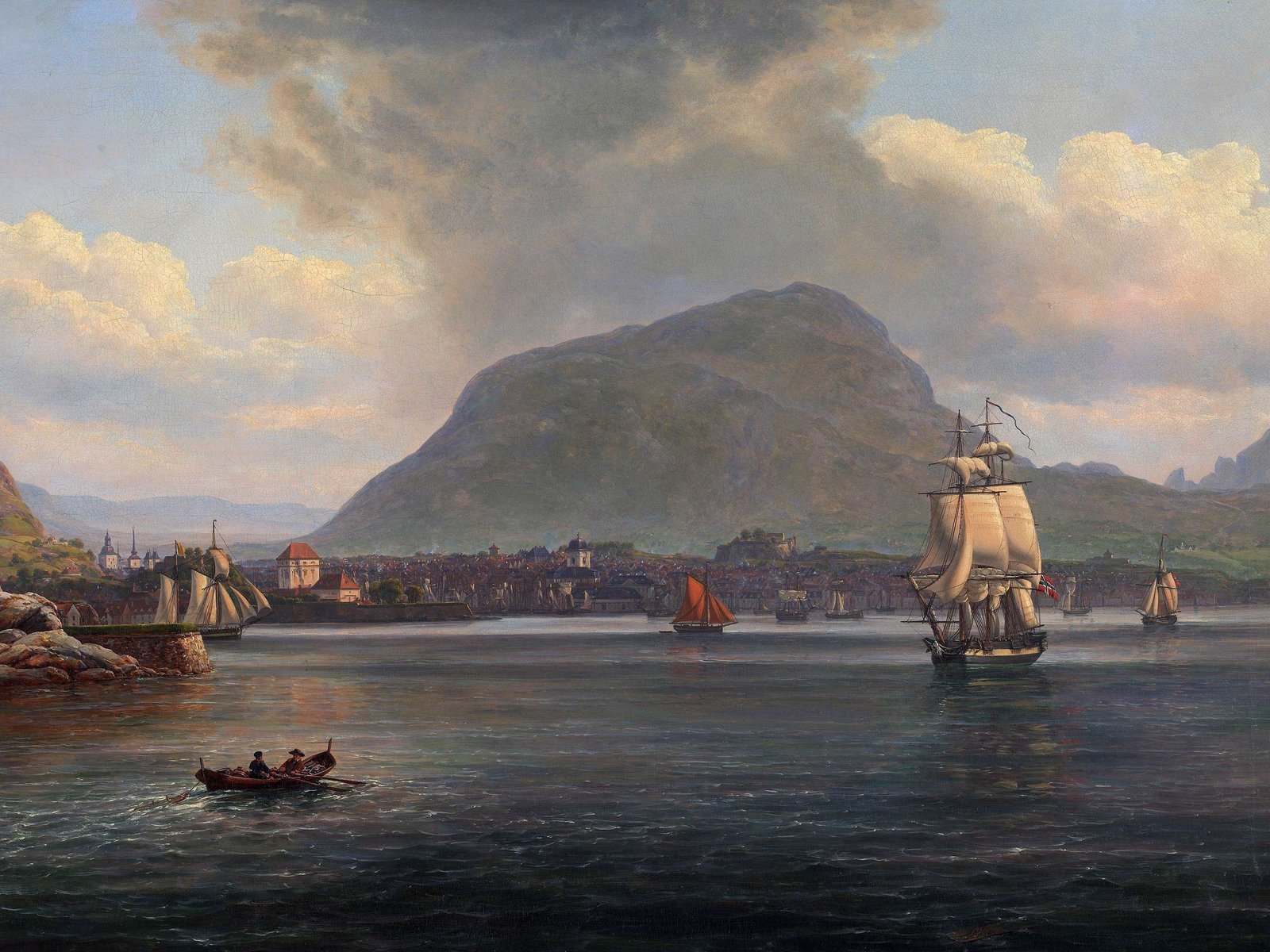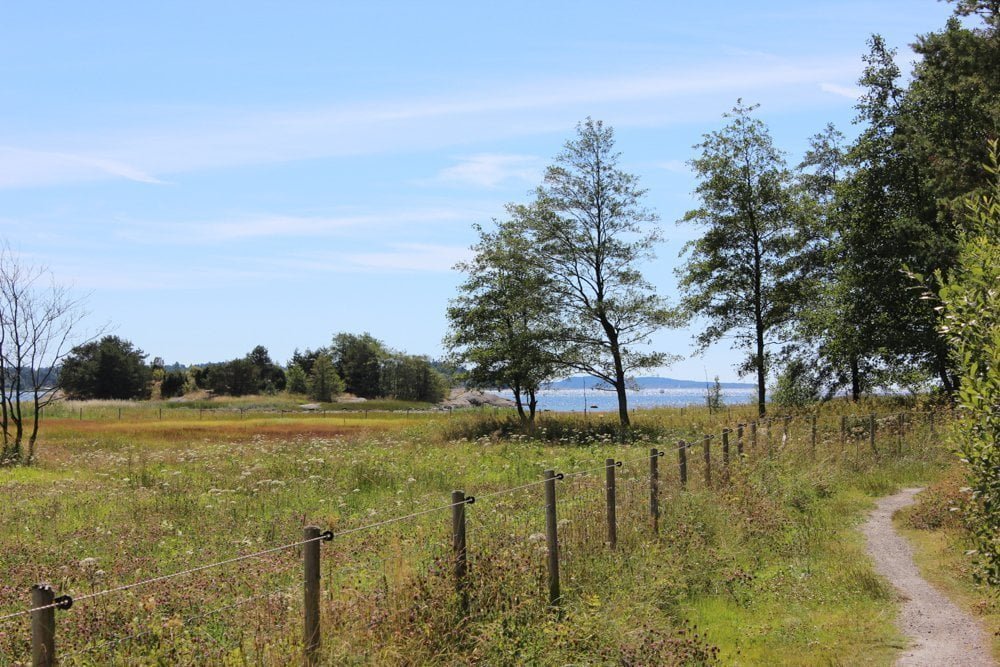Edward was born on 9 November 1841, at Buckingham Palace in London. He was Victoria and Albert’s second of nine children.
Edward – or Bertie as he was called by family and friends – had a warm and outgoing nature.
As the heir to the throne – from the day that he was born – Edward was under Albert and Victoria’s strict scrutiny and control. He resisted their regime with every fibre of his personality.
As he grew older, it was very much womanising, drink, and partying that occupied Edward’s mind.
Prior to Prince Albert’s death, Albert and Victoria had set in motion plans to marry Edward off to a suitable bride, hoping that marriage would calm him down.
After much search, they settled on Princess Alexandra of Denmark. She was known for her exceptional beauty and grace. On 10 March 1863, 15 months after Albert’s passing, Edward and Alexandra married in St George’s Chapel at Windsor Castle. He was 21, and she 18.
In the following 8 years, Alexandra gave birth to 6 children: Albert, George, Louise, Victoria, Maud, and Alexander. Prince Alexander died only one day old, in 1871.
Victoria and Albert’s hope, that the beautiful Alexandra would be the one to tame Edward’s maverick ways, failed miserably. He was an incorrigible womaniser throughout his life.
Despite his infidelities, Edward was very much loved by his wife and his children, and he loved them back.
When Queen Victoria died in 1901, Edward became King Edward VII. Little did he know, that 5 years later, his youngest daughter Maud would be Queen Consort of Norway.
EGP.00046











